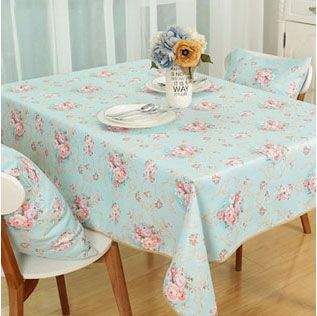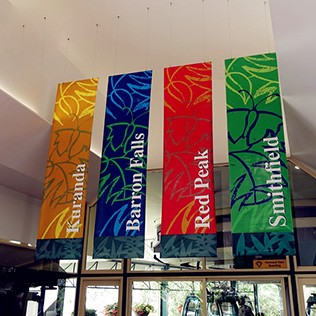

Textile sublimation printing
Garment Printing
Texart sublimation printers are tailor-made for customising polyester sportswear fabrics and garment. If you’re in the apparel business or wanting to break into it, there’s no better device for adding dynamic graphics to performance apparel, fashion items, team uniforms, professional sportswear and activewear. With new Texart Inks available for Roland sublimation devices, you can add some rad to your garment output with eye-popping colours.


Garment Printing
Texart sublimation printers are tailor-made for customising polyester sportswear fabrics and garment. If you’re in the apparel business or wanting to break into it, there’s no better device for adding dynamic graphics to performance apparel, fashion items, team uniforms, professional sportswear and activewear. With new Texart Inks available for Roland sublimation devices, you can add some rad to your garment output with eye-popping colours.


Soft Signages
Create sublimated prints for polyester fabric flags, banners and textiles that preserve the fabric’s natural drape and texture. Lightweight and practical, soft signage is inexpensive to ship and easy to hang and gives sign shops and graphic providers an alternative to heavier, traditional signage. Additionally, with advanced Texart Ink configurations, users producing can produce photographic quality images with subtle skin tones and extremely vivid colours.
What do you need to know about sublimation printing?
Dye-sublimation printing is a digital printing technology using full colour artwork that works with polyester and polymer-coated substrates. Also referred to as digital sublimation, the process is commonly used for decorating apparel, as well as novelty items such as cell phone covers, plaques, coffee mugs, and other items with sublimation-friendly surfaces. The process uses the science of sublimation, in which heat and pressure are applied to a solid, turning it into a gas through an endothermic reaction without passing through the liquid phase.


Heating process
The transfer paper typically is placed into a heat press with the substrate and exposed to temperatures from 180 to 200 degrees Celsius. This allows the ink and transfer material to move into the gas state. Once the ink and transfer material are in a gas state, they permeate the fibers of the substrate material.
Ink transfer and bonding
When the heat is removed from the transfer paper and substrate, the ink that has permeated the substrate fibers solidifies and is locked permanently into place by the transfer material. Assuming the procedure has been performed correctly, the image should never be subject to deterioration beyond that of the substrate itself.
Other methods
There is an alternate method for dye sublimation printing where the ink is applied directly to a substrate that has been coated. Ink bonding is achieved by exposing the fabric to heat. Advantages




















